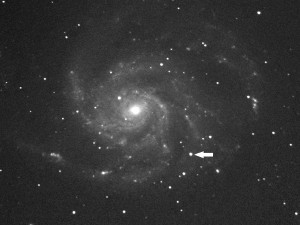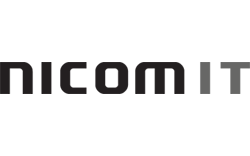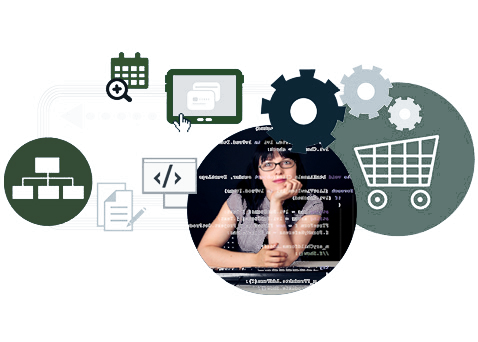Towards the end of each summer, I participate in the Royal Astronomical Society of Canada’s “star party” at Smiley’s Provincial Park, a weekend of camping, star gazing, and lectures. It allows my inner geek to roam free, unencumbered by the constrictions of the corporate world, and it feels good.

Called “Nova East” (if you get the play on words, you’re a bit of a geek yourself), the event is run like a conference, with keynote speakers, informative talks, and activities. Only instead of being held at a hotel, it takes place at a campground.
There are usually anywhere between 70 and 150 people there, and the field is littered with electronic equipment of all sorts – telescopes, CCD imaging equipment, laptop computers, tablets, projectors, cell phones, battery packs – you name it, it’s there. One year, we even had a short-wave radio setup with a 20-foot antenna which allowed us to talk to Canadian astronaut Robert Thirsk as he was passing overhead in the orbiting International Space Station.
But guess what, there is no high-speed Internet access at Smiley’s and not too many power outlets, so we’re somewhat isolated. This made me think about a comment I made in my last column, where I said that pretty soon tablets might be all the equipment people will need. At this particular event, a tablet would be of limited value, not only because there is no Internet but also because most of the software being used resides on personal computers running Windows.
Astronomy is one example, but there are literally thousands of disciplines and millions of software applications that have been written to run on personal computers. It will be a while before they are all replaced by cloud-based applications. A Best Buy flyer that landed on my doorstep as I was writing this article had no less than 23 laptop models.
So I am now considering that perhaps the cloud won’t get cluttered quite as fast as one might think, and that “legacy applications” will remain on PCs and laptops for years to come, just like they once did on mainframe computers.
If you’re too young to know what a mainframe computer is, don’t worry about it; like Sammy Davis Senior and Old Zealand, it probably doesn’t matter.
What I think is happening is that some best-of-both-worlds scenarios are emerging. I am starting to notice on the marketplace a resurgence of the old version of pen-based Tablet PCs, which feature a stylus for writing, and double up as a laptop computer. We now call those “convertibles”, to distinguish them from the newer tablets.
I have one of those old convertibles, and it is great. Not as good as a Miata, but not bad. The screen swivels on its base so you can either hold it flat for writing with the stylus, or upright for using the keyboard. They never did quite catch on, but what I like about it is that it is the only computer I need.
The problem with mine is that it is starting to wear out, as laptops are wont to do, and I have to shop for a new one. The new ones appear to have all the great features I love about these old tablets, but they are lighter, more powerful, and also have all the features of the new touch-screen tablets.
Here are a few I’ve looked into in case you want to Google them: Dell Latitude XT3, HP EliteBook 2740p, Fujitsu LifeBook T730, and HP Touchsmart TM2-2150CA.
What they all appear to have in common is a hybrid approach of being three machines in one: a tablet you can use on the cloud with cameras and a variety of sensors, a pen-based system which allow you to write searchable text, and a laptop running Windows 7 and Windows-based software applications. No doubt they’ll also all be able to run Windows 8 when it comes out.
Windows 8, still a year away, will change the way we develop and run Microsoft applications. They will now include standard Internet technologies like HTML, CSS and JavaScript, run primarily via touch input, and made to take advantage of the new user interfaces and sensors. These new applications will run on machines with or without a keyboard, and with or without a mouse.
So it appears as if Microsoft is positioning itself to provide a platform for running legacy applications as well as new applications, applications that can run on devices from slates to tablets to netbooks, laptops and desktop computers. It seems to me that these new convertibles and their derivatives will be good machines to take advantage of this new direction.
Now it could be that they will just have the same small following as the original models did, and that people will end up having two machines; a very thin lightweight table to take to meetings, and a separate computer to do the rest of the work back at the office. Time will tell.
Back at my star party, I used a special camera and an application running on my laptop to take a picture of a galaxy over 20 million light years away. Unknown to me at the time (but known to others for two days), a star had gone supernova – i.e. blown up – in that galaxy and it too showed up on my image. It will be a while yet before you see too many of those types of applications running on tablets.

